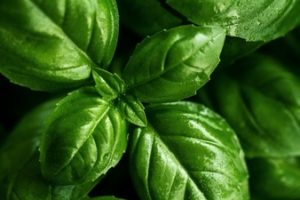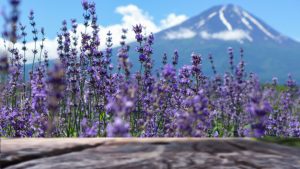Are your green thumbs just itching to get out to the garden and start that first early planting? Not so fast! Let’s look forward at the wintertime weather predictions for 2020.
Regional Considerations
When to plant, and how to plant, depends greatly on your region. In 2020, it’s expected that there will be an especially bitter, cold winter for areas east of the Rockies, and on into Appalachia. That’s according to The Farmer’s Almanac.
In the American Southwest, out to California, you can expect cool temperatures and average levels of precipitation. The Northwest will be chilly with normal precipitation. Texas will be, as the Almanac puts it, “chilled” with normal precipitation.
It will be brisk and wet in the southeast, frozen and snowy around the Upper Peninsula areas including Minnesota, Wisconsin, and Michigan, there will be a cold wintry mix in the northeast, and you can expect the area around D.C. and N.Y.C. to be frosty, wet, and white.
If you’re going to start a garden this year, you may want to wait a few weeks past your normal planting time—depending on your area, of course, and what you plan to husband through the year. Just because it’s cold doesn’t mean you can’t get started early; it just means you really really want to plan it out. For example, you can start certain plants indoors.

An Early Start?
As of this writing, it’s January. If you’ve got the wherewithal and perseverance to carefully nurture indoor plants in a container garden, you can get them flourishing before the warm comes. Then, you’ll plant them when spring has passed its last frost. When to start indoor plants will depend on a variety of factors, but there are also quite a few plants you can get going this way.
Lettuce, cabbage, broccoli, brussels sprouts, cauliflower, Asian greens, and other Brassicas benefit from an indoor start. So do plants in the onion family, leeks included, and artichokes of the “short season” kind. Another plant that may do well from an indoor start is lavender. Many don’t realize that lavender seed can take up to three months to germinate.

Here’s an in-depth article on how best to husband lavender. Starting indoors when it’s cold outside is wise; especially in 2020 where it certainly appears the cold will come, stay, and refuse to leave for longer than expected. Now of course, you can’t blindly trust in the Farmer’s Almanac. Though they’re accurate between 75% and 85% of the time (depending on who you ask), you can’t totally trust in as-yet-unseen futures.
Also, there are certainly some plants which you can put in the ground well before spring comes, as they’re the sort of flora which almost “hibernates” before it sprouts very quickly in spring. Garlic, broad beans, peas, asparagus, carrots, and pak choi are all winter vegetables. However, it’s important to note that how much winter they can stand will differ.
The Reality of Local Climate
It’s going to be a lot harder to do anything in winter somewhere like Wyoming than it will be somewhere like San Diego. When climates are naturally warm, to begin with, you’ve got a lot more latitude in horticulture.
If you’re really intent on jump-starting your garden, set aside an area in your home to be a miniature indoor garden. You can keep it lit one of two ways: you can put the plants near a window where the light comes in, or you can use lamps. Lamps are probably better because you can put them on a timer simulating natural circadian rhythms.
If you grow plants with regular winter illumination, this will affect their growth and level of flourish. However, get them on a high-light schedule, water them regularly, and automate the process, and you’ll have some healthy plants to put in the ground when the long winter of 2020 finally relents and gives way to spring.
Get Your Green Thumbs Ready!
Just because it’s cold outside and naturally growing plants have gone into their version of hibernation doesn’t mean you can’t manage your garden. You’ll just have to dimensionally extend that garden beyond the soil and into your home’s kitchen, sunroom, living room, or garage—if it’s warm enough in there.
So get that green thumb moist with earth, even though the sun sets early and rises late. Figure out what plants will do best with an indoor head start, put down tarps, get pots and pans, install an automated indoor irrigation array, and use lamps on a timer to get that photosynthesis going. When spring comes, your garden will already be half in bloom!

